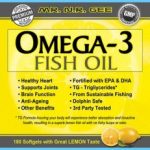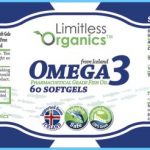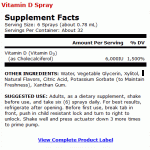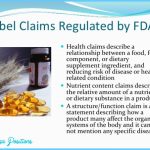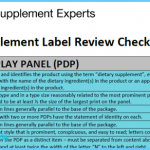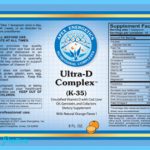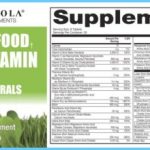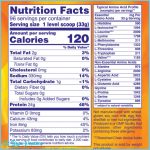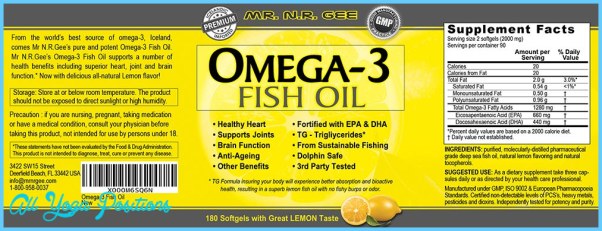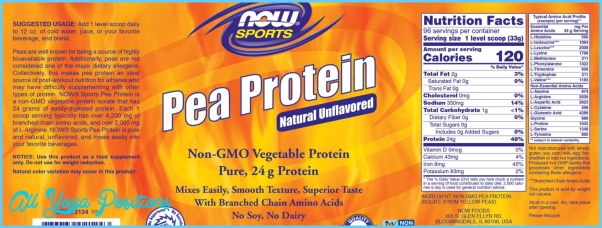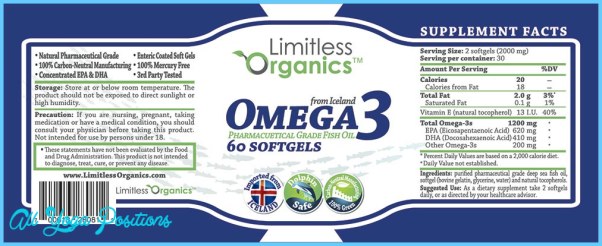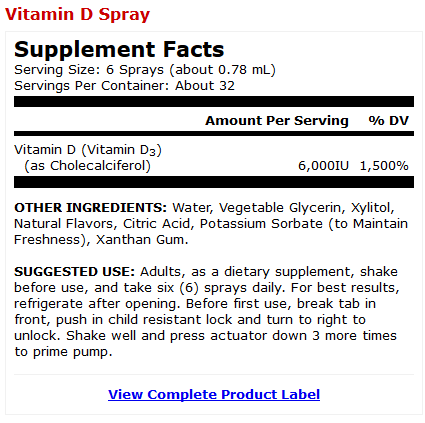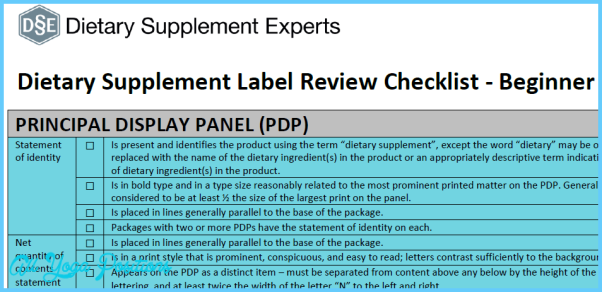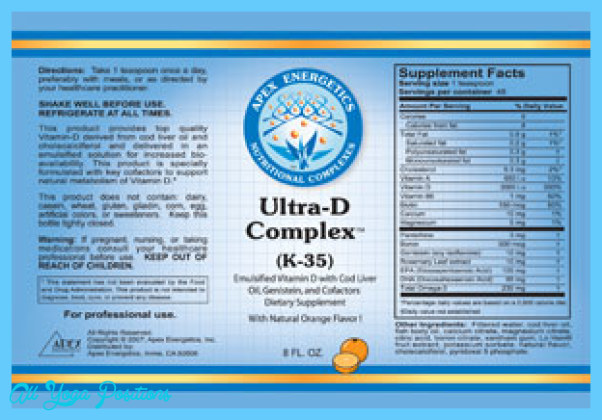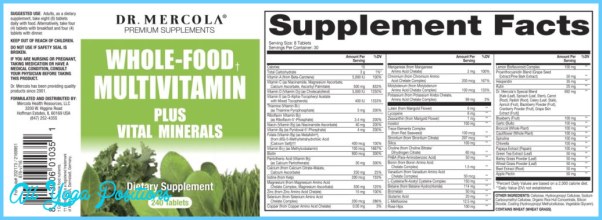Using Dietary Supplement Labels
Since 1999, specific types of information have been required on the labels of dietary supplements. In addition to basic information about the product, labels include a “Supplement Facts” panel, modeled after the “Nutrition Facts” panel used on food labels (see the figure below). Under the Dietary Supplement Health and Education Act (DSHEA) and food labeling laws, supplement I abels can make three types of health-related claims:
• Nutrient-content claims, such as “high in calcium,” “excellent source of vitamin C,” or “high potency.” The claims “high in” and “excellent source of” mean the same as they do on food labels. A “high potency” single-ingredient supplement must contain 100% of its Daily Value; a “high potency” multi-ingredient product must contain 100% or more of the Daily Value of at least two-thirds of the nutrients present for which Daily Values have been established.
• Health claims, if they have been authorized by the FDA or another authoritative scientific body. The association between adequate calcium intake and lower risk of osteoporosis is an example of an approved health claim. The FDA also allows so-called qualified health claims for situations in which there is emerging but as yet inconclusive evidence for a particular claim. Such claims must include qualifying language such as “scientific evidence suggests but does not prove” the claim.
Using Dietary Supplement Labels Photo Gallery
• Structure-function claims, such as “antioxidants maintain cellular integrity” or “this product enhances energy levels.” Because these claims are not reviewed by the FDA, they must carry a disclaimer (see the sample label).
Tips for Choosing and Using Dietary Supplements
• Check with your physician before taking a supplement. Many are not meant for children, older people, women who are pregnant or breastfeeding, people with chronic illnesses or upcoming surgery, or people taking prescription or over-the-counter medications. When you visit your doctor, bring a list of all dietary supplements you are taking. Do not take megadoses (more than double the daily recommended intake) without your doctor’s approval.
• Follow the cautions, instructions for use, and dosage given on the label.
• Look for the United States Pharmacopeia (USP) verification mark on the label, indicating that the product meets minimum safety and purity standards developed under the Dietary Supplement Verification Program by the USP The USP mark means that the product (1) contains the ingredients stated on the label, (2) has the declared amount and strength of ingredients, (3) will dissolve effectively, (4) has been screened for harmful contaminants, and (5) has been manufactured using safe, sanitary, and well-controlled procedures. The National Nutritional Foods Association has a self-regulatory testing program for its members; other, smaller associations and labs, including http://www.Con-sumerLab.com, also test and rate dietary supplements.
• Choose brands made by nationally known food and drug manufacturers or “house brands” from large retail chains. Due to their size and visibility, such sources are likely to have high manufacturing standards.
• If you experience side effects, stop using the product and contact your physician. Report any serious reactions to the FDA’s MedWatch monitoring program (1-800-FDA-1088 or online at http://www.fda.gov/Safety/MedWatch/default.htm).


